Some plants contain phytochemicals that have effects on the body. There may be some effects when consumed in the small levels that typify culinary "spicing", and some herbs are toxic in larger quantities.
Herbs have a variety of uses including culinary, medicinal, and in some cases spiritual usage. General usage of the term “herb” differs between culinary herbs and medicinal herbs. In medicinal or spiritual use any of the parts of the plant might be considered “herbs”, including leaves, roots, flowers, seeds, resin, root bark, inner bark (and cambium), berries and sometimes the pericarp or other portions of the plant.
Culinary herbs are distinguished from vegetables in that, like spices, they are used in small amounts and provide flavor rather than substance to food.
Herbs can be perennials such as thyme or lavender, biennials such as parsley, or annuals like basil. Perennial herbs can be shrubs such as rosemary, Rosmarinus officinalis, or trees such as bay laurel, Laurus nobilis – this contrasts with botanical herbs, which by definition cannot be woody plants. Some plants are used as both herbs and spices, such as dill weed and dill seed or coriander leaves and seeds.
Some plants contain phytochemicals that have effects on the body. There may be some effects when consumed in the small levels that typify culinary “spicing”, and some herbs are toxic in larger quantities.
Herbs have long been used as the basis of traditional Chinese herbal medicine, with usage dating as far back as the first century CE and far before. In India, the Ayurveda medicinal system is based on herbs. Medicinal use of herbs in Western cultures has its roots in the Hippocratic (Greek) elemental healing system, based on a quaternary elemental healing metaphor
Certain herbs contain psychoactive properties that have been used for both religious and recreational purposes by humans since the early Holocene era, notably the leaves and extracts of the cannabis and coca plants.

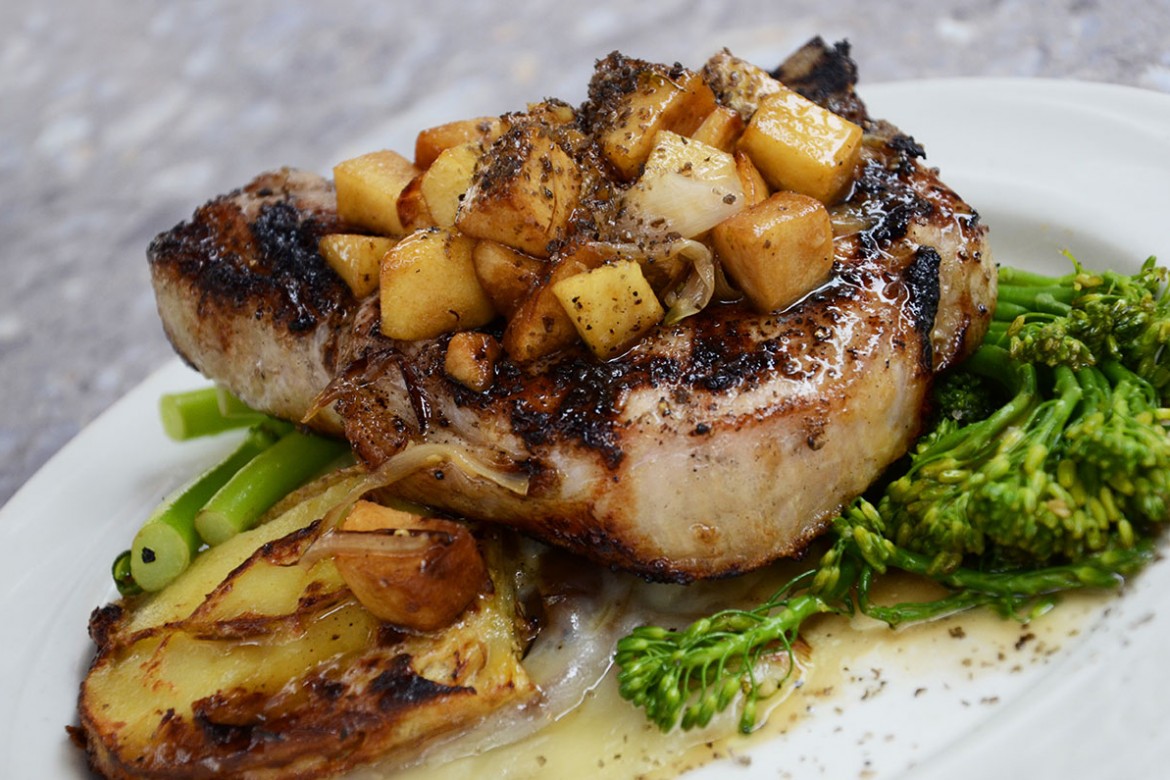

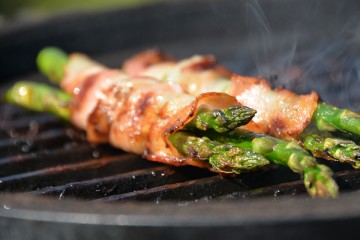

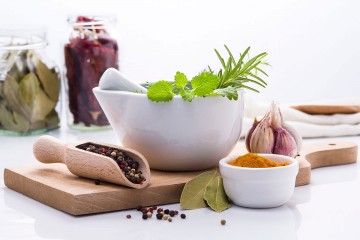
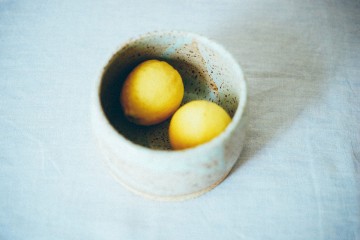
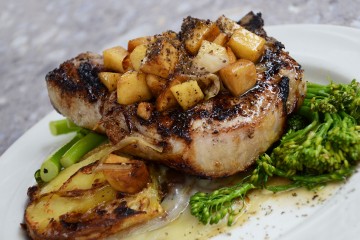
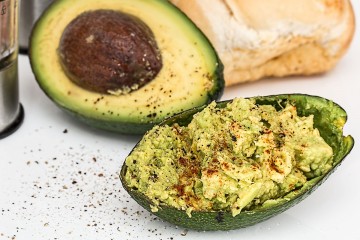
This is a great article